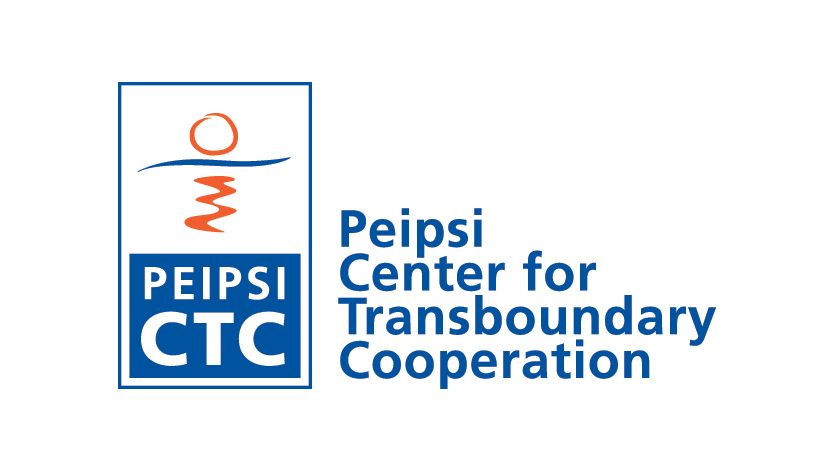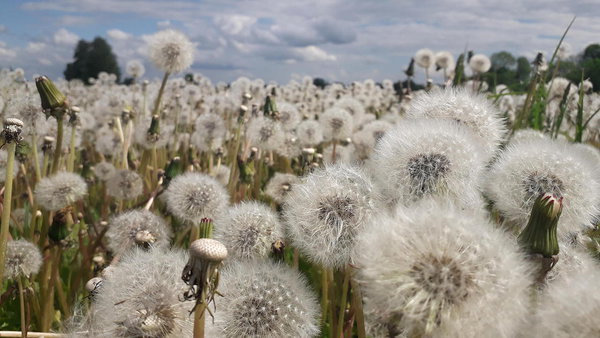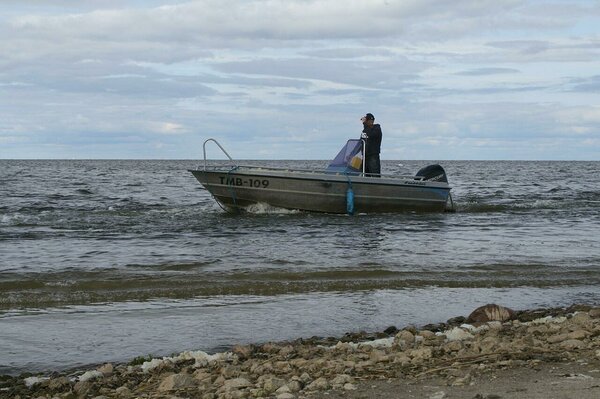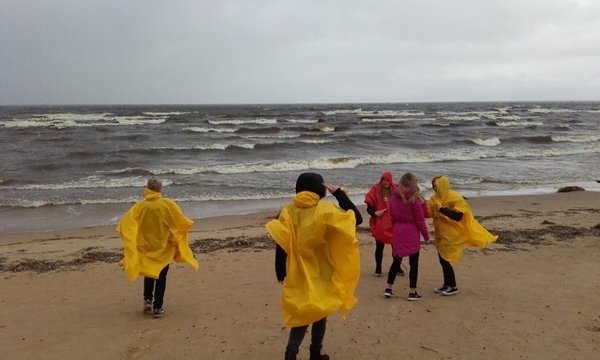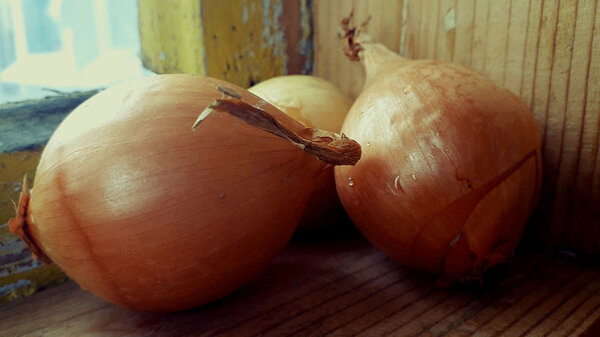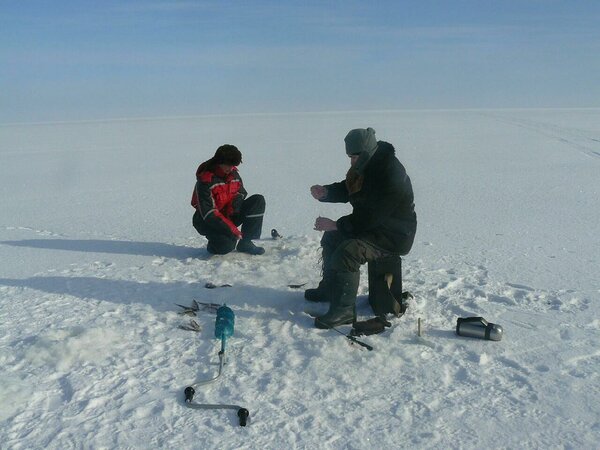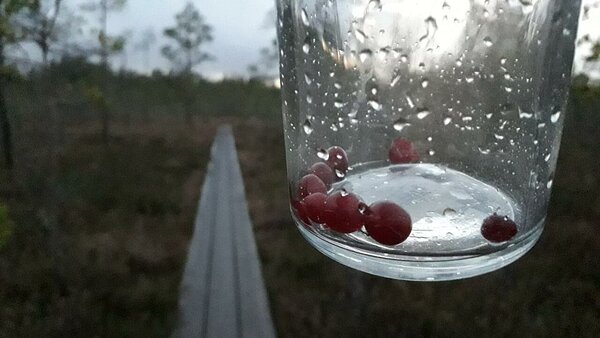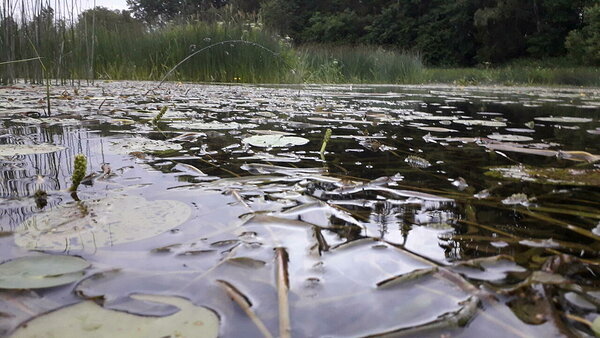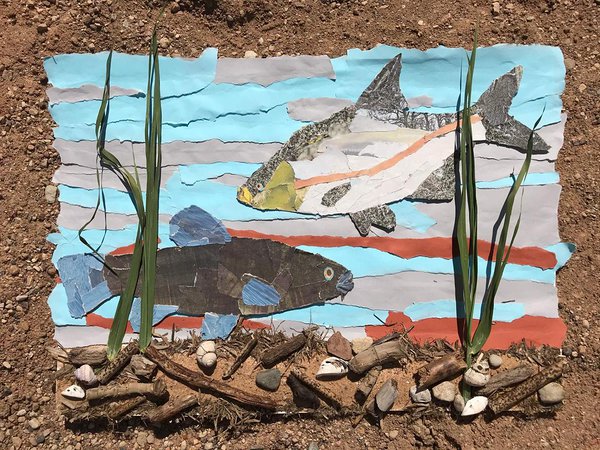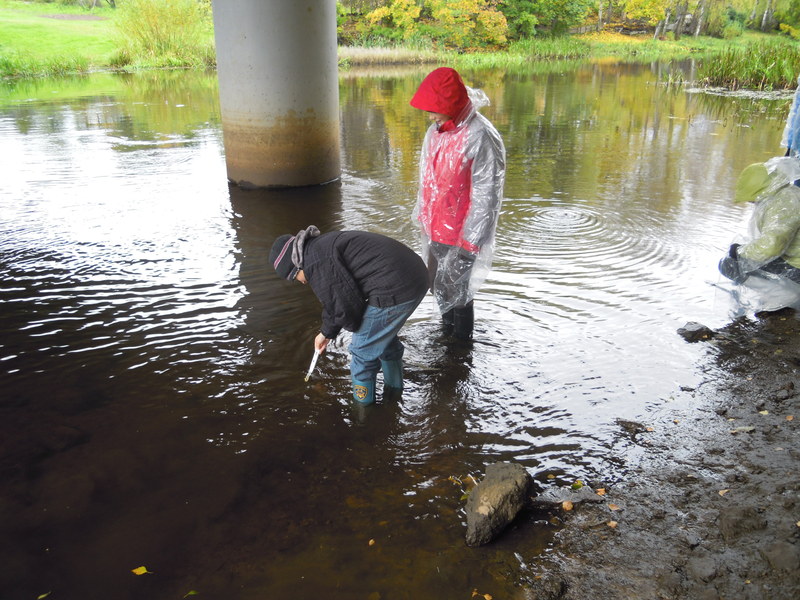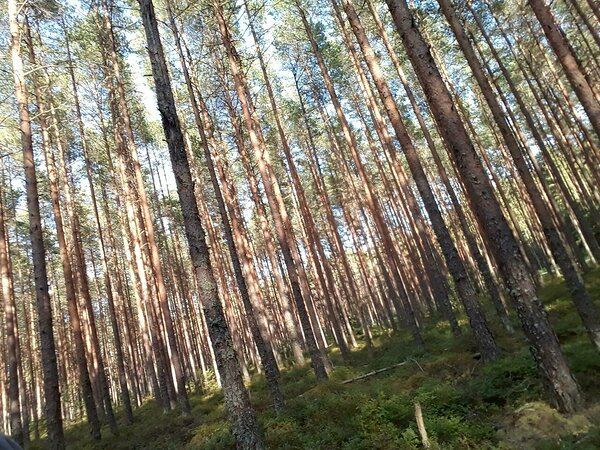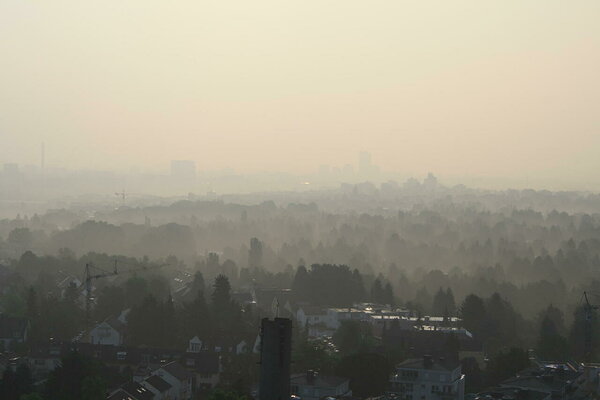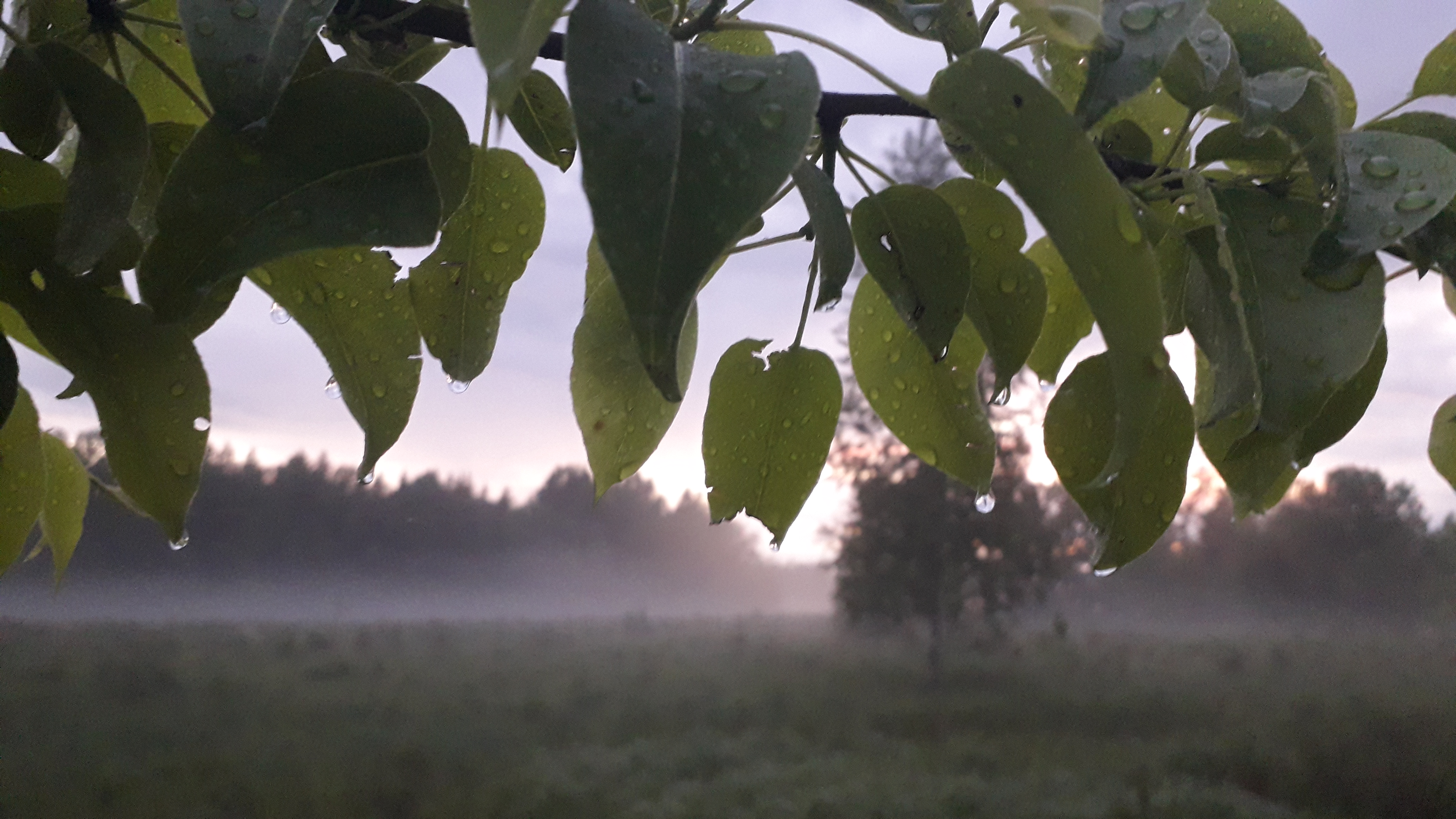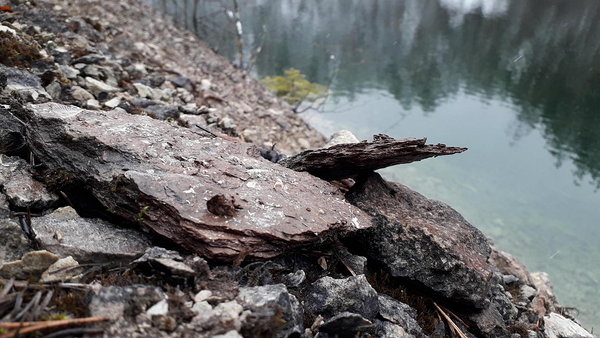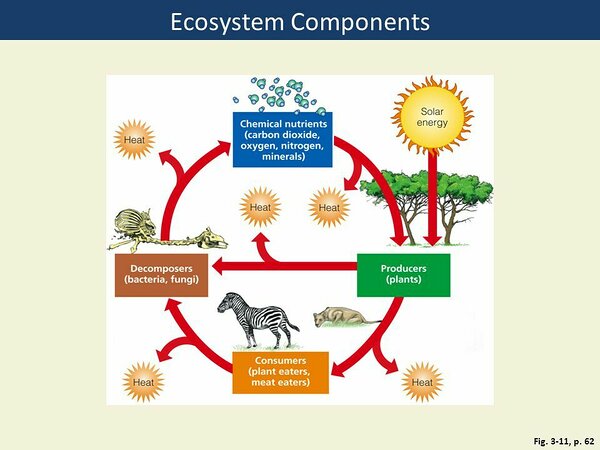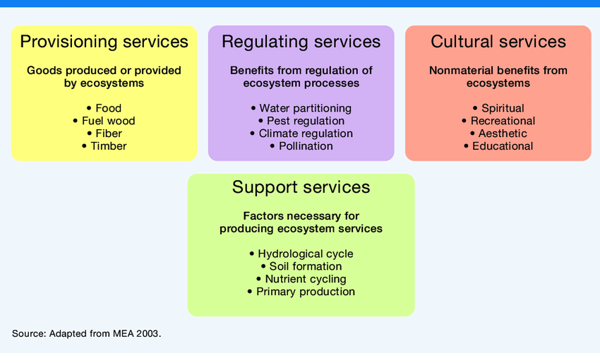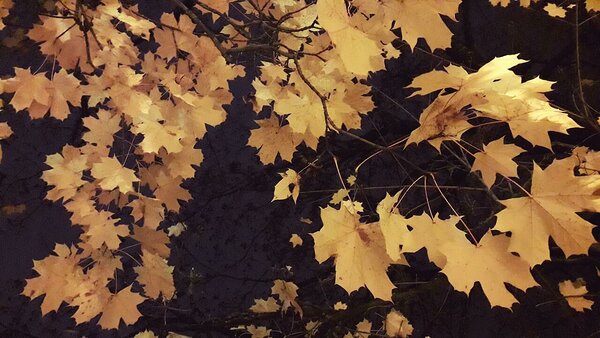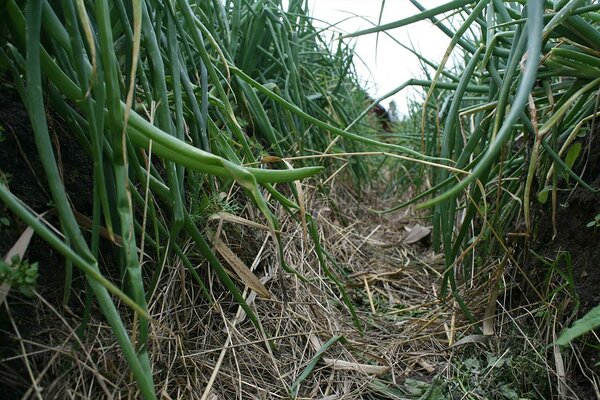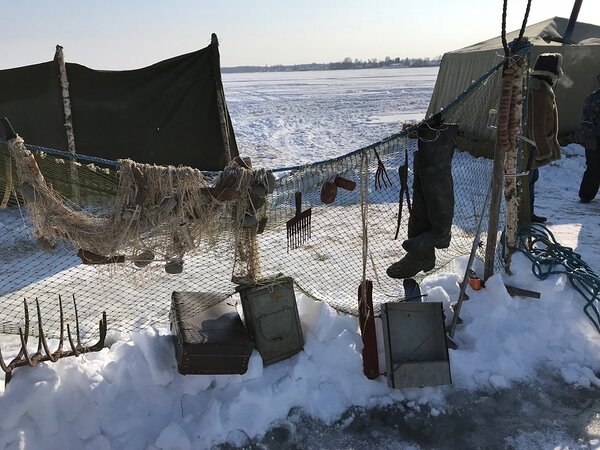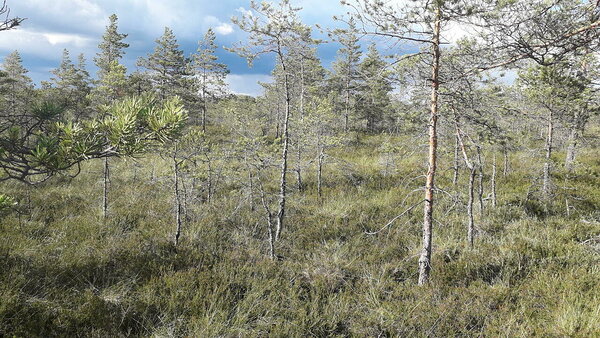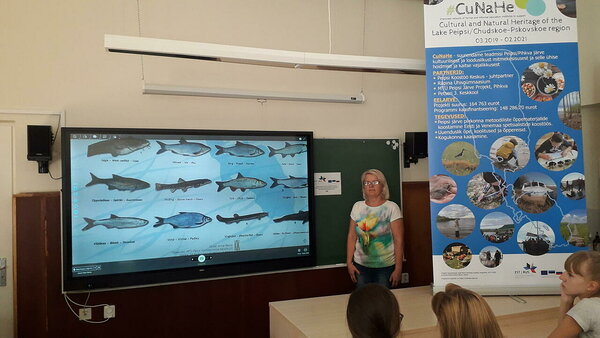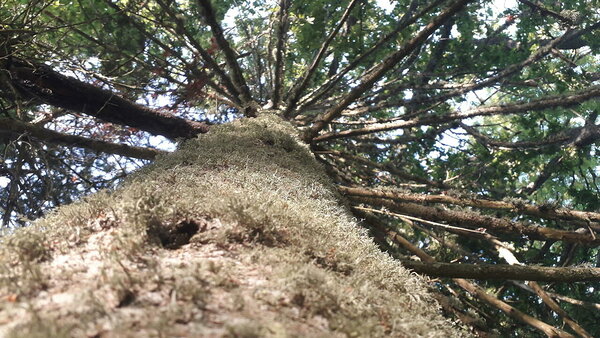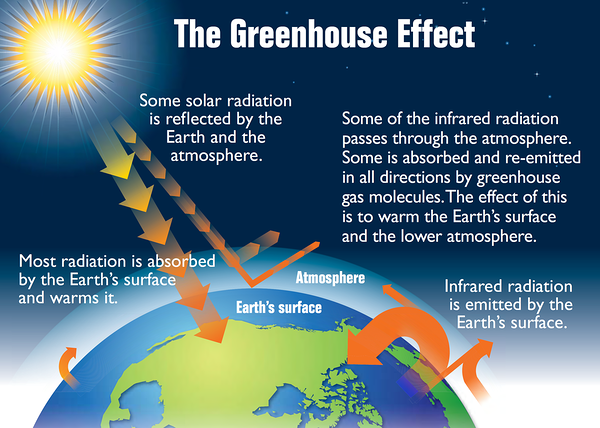Ecosystem services
An ecosystem is a community of living organisms in conjunction with the nonliving components of their environment, interacting as a system. Ecosystem services or eco-benefits are services and goods, in short the benefits that each ecosystem offers to man, society and the economy. Ending the goods or services offered by an ecosystem will decreasy the quality of human life.
- Provisioning benefits/services- goods that people can consume directly. For example, food, animal feed, medicinal plants, drinking water, washing water, irrigation water, fiber, energy, wood, air, etc.
- Regulatory benefits - services that affect people in the appropriate
towards climate, water, air and soil quality, water resources, floods, but also
pollination.
- Support services - services from ecosystems such as metabolism, soil formation, photosynthesis, habitats.
- Cultural benefits/services - this is
an opportunity to rest, relax and play sports in nature, gain new knowledge and gain
inspiration to practice art .
Put your knowledge to the test!
If you want to improve your knowledge choose STUDY QUIZ from the menu: it contains 15 questions and short stories explaining the biodiversity of Lake Peipsi and the environment. The study quiz can be answered again if the answer is incorrect. If you answer correctly on your first attempt, you earn 2 points, and if you answer correctly on your second attempt, you earn 1 point.
If you
want to put your knowledge to the test against a friend, choose QUIZ
COMPETITION from the menu: here you have to answer 15 questions in 100 seconds.
You can answer each question only once in the quiz competition. If you finish
faster than that and all the answers are correct, the remaining seconds will be
added as a bonus. If you run out of time, you will get points for the correct
answers submitted within the 100 seconds.
Project code: nr.2019-1-DE02-KA204-006510
More about the project: http://ctc.ee/activities-and-projects/running/inspiring-for-biodiversity
Margit Säre
Peipsi Center for Transboundary Cooperation
margitsare@gmail.com
tel 3725088409
What is ecosystem?
What is ecosystem?
What is an ecosystem service or eco-benefit?
What is an ecosystem service or eco-benefit?
Most often, eco-benefits are divided into four groups: supply benefits, regulatory benefits, support benefits and… What is the fourth group?
Most often, eco-benefits are divided into four groups: supply benefits, regulatory benefits, support benefits and… What is the fourth group?
What ecological benefits do decaying leaves offer?
What ecological benefits do decaying leaves offer?
To which group of eco-benefits belong the vegetables shown in the photo next belong?
To which group of eco-benefits belong the vegetables shown in the photo next belong?
Fish belongs to the group of provisioning benefits. What activities are decreasing the fish stocks in the world?
Fish belongs to the group of provisioning benefits. What activities are decreasing the fish stocks in the world?
To which group of eco-benefits does recreational fishing belong?
To which group of eco-benefits does recreational fishing belong?
Cranberry belongs to the group supplying ecological benefits. However, to which group of eco-benefits belongs walking in a swamp on picking cranberries?
Cranberry belongs to the group supplying ecological benefits. However, to which group of eco-benefits belongs walking in a swamp on picking cranberries?
The power produced by rivers by falling or fast-running water belongs to the group supplying ecological benefits. How is it called?
The power produced by rivers by falling or fast-running water belongs to the group supplying ecological benefits. How is it called?
Nature is often a source of inspiration. What group of eco-benefits does inspiration from nature belongs to?
Nature is often a source of inspiration. What group of eco-benefits does inspiration from nature belongs to?
Cultural benefits are generally defined as the opportunity to relax in nature, get inspiration, and gather new knowledge. Which of the following benefits belongs to this group?
Cultural benefits are generally defined as the opportunity to relax in nature, get inspiration, and gather new knowledge. Which of the following benefits belongs to this group?
There are many different eco-benefits in forests. When talking about a habitat service, whose place of residence is meant.
There are many different eco-benefits in forests. When talking about a habitat service, whose place of residence is meant.
The causes of climate change are both natural and increasing levels of anthropogenic greenhouse gases (GHGs) in the atmosphere. Which of these gases is not GHG?
The causes of climate change are both natural and increasing levels of anthropogenic greenhouse gases (GHGs) in the atmosphere. Which of these gases is not GHG?
Forests sequester carbon dioxide (CO2), which is one of the greenhouse gases. What is the process by which growing plants sequester CO2?
Forests sequester carbon dioxide (CO2), which is one of the greenhouse gases. What is the process by which growing plants sequester CO2?
Which of our activities contributes the most to greenhouse gas emissions?
Which of our activities contributes the most to greenhouse gas emissions?
An ecosystem is called through nutritional relationships associated organisms and environmental conditions that constitute self-regulatory and developing whole.
- The ecosystem is one of the levels of wildlife organization.
- Ecosystem species are concentrated at different trophic levels.
- Quantitative differences in trophic levels are characterized by ecological pyramid. Ecosystems change over time and evolve.
Source: https://www.hariduskeskus.ee/opiobjektid/loodusained/?%C3%96KOLOOGIA___%C3%96KOS%C3%9CSTEEM
https://et.wikipedia.org/wiki/%C3%96kos%C3%BCsteem
Sources:
https://novaator.err.ee/258844/uhe-minuti-loeng-mis-on-okosusteemiteenused
Eco-benefits are divided into four groups:
- Provisioning benefits/services- goods that people can consume directly. For example, food, animal feed, medicinal plants, drinking water, washing water, irrigation water, fiber, energy, wood, air, etc.
- Regulatory benefits - services that affect people in the appropriate
towards climate, water, air and soil quality, water resources, floods, but also
pollination.
- Support services - services from ecosystems such as metabolism, soil formation, photosynthesis, habitats.
- Cultural benefits/services - this is an opportunity to rest, relax and play sports in nature, gain new knowledge and gain inspiration to practice art .
Source:
https://www.envir.ee/et/looduse-huved-ehk-okosusteemiteenused
Source: https://kodus.ee/artikkel/siiruviiruline-sibul-millist-kasvukeskkonda-eelistab-harilik-sibul
A third of commercial fish stocks are being harvested at biologically unsustainable levels and 90 percent are fully exploited, according to the UN Food and Agriculture Organization. The population of Pacific bluefin tuna, for instance, has plunged 97 percent from historic levels due to rampant overfishing of one of the ocean’s most ecologically and economically valuable top predators.
Source: https://www.nationalgeographic.com/science/article/sea-running-out-of-fish-despite-nations-pledges-to-stop
More information: https://www.keskkonnaamet.ee/et/eesmargid-tegevused/kalastamine/harrastuspuuk
Hydropower is also known as water power, is the use of falling or fast-running water to produce electricity or to power machines. This is achieved by converting the gravitational potential or kinetic energy of a water source to produce electrical or mechanical power. Hydropower is a method of sustainable energy production.
Since ancient times, hydropower from watermills has been used as a renewable energy source for irrigation and the operation of mechanical devices, such as gristmills, sawmills, textile mills, trip hammers, dock cranes, domestic lifts, and ore mills. A Trompe, which produces compressed air from falling water, is sometimes used to power other machinery at a distance.
Hydropower is now used principally for hydroelectric power generation, and is also applied as one half of an energy storage system known as pumped-storage hydroelectricity.
Source: https://en.wikipedia.org/wiki/Hydropower
Source: http://vana.loodusajakiri.ee/loodus/artikkel299_294.html
The group of cultural eco-benefits is very wide. These include nature
intangible benefits such as recreation in nature, aesthetic pleasure,
sports, and mental health development, mental experiences, incl. inspiration
collection for art creation, research, and learning. Nature is all of humanity
has been associated with culture, been a source of inspiration, influenced throughout history
language, art, and religion.
Allikas: Cultural Ecosystem Services / IUCN
Siurce: https://et.wikipedia.org/wiki/Kasvuhoonegaasid
Fossil fuels are non-renewable mineral resources such as oil, natural gas, oil shale, peat, etc. Burning fossil fuels for energy is released atmospheric carbon that would otherwise have been deposited in fossil fuels mineral resources. Estonia is a major emitter of greenhouse gases oil shale. Oil shale is one of the energy sources used so far in Estonia the main which is why we are also the world's largest emitter of CO2 in the forefront.
More information: https://www.kliimamuutused.ee/pohjused-ja-tagajarjed/pohjused/fossiilkutuse-poletamine
